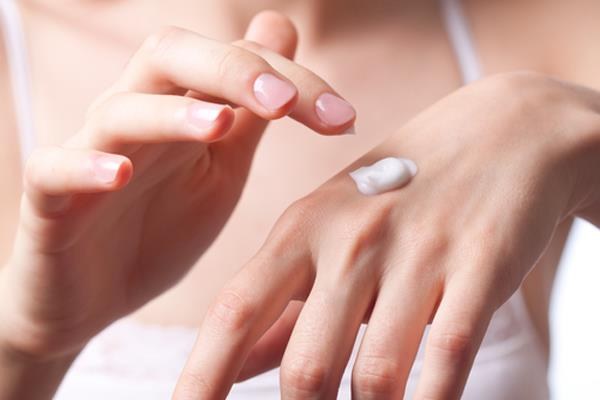Skin staph infection can begin to multiply rapidly due to low immunity, metabolic disorders, viral infections, hormonal disorders, chronic gastrointestinal diseases or skin diseases.
How does a skin staph infection?
The most common symptoms of the disease:
- dandruff and oily seborrhea, difficult treatment;
- ulcers and erratic rashes on the skin surface;
- furunculosis, acne, acne;
- the tendency to the appearance of deep acne and pimples;
- lowered immunity, susceptibility to frequent colds;
- frequent low-grade fever (37-37,5).
Under the influence of staphylococcal toxins often occurs the so-called "syndrome scalded babies", the symptoms of which resemble the effects of a severe thermal burns.
Scalded syndrome infants observed in infected newborns. There is also a so-called scalded skin syndrome that may occur in older children and adults.
How to treat staph with local resources?
In the treatment of Staphylococcus aureus on the skin, it should be remembered that bacteria develop resistance to most broad-spectrum antibiotics. The highest resistance was observed for penicillin group.
There are several types of drugs intended for treatment of cutaneous Staphylococcus:
1. Immunomodulatory agent;
2. Antiseptic;
3. Antibiotics;
4. Anti-staphylococcal products aimed at the destruction of the pathogen.
Local external funds often have anti-bacterial, and antiseptic. Most often doctors prescribe patients with skin staph ointment based antibiotics of local action: "Levomekol", "Baneuoqin". "Methyluracyl ointment" also enjoys great popularity due to its effectiveness. The product should be applied on the affected skin areas twice a day.
To accelerate the regeneration of damaged and irritated skin used successfully healing and soothing ointment. Effective drugs based on aloe. These ointments not only facilitate healing, but also have powerful antiseptic.
